1. Cats Were Once Put on Trial for Witchcraft
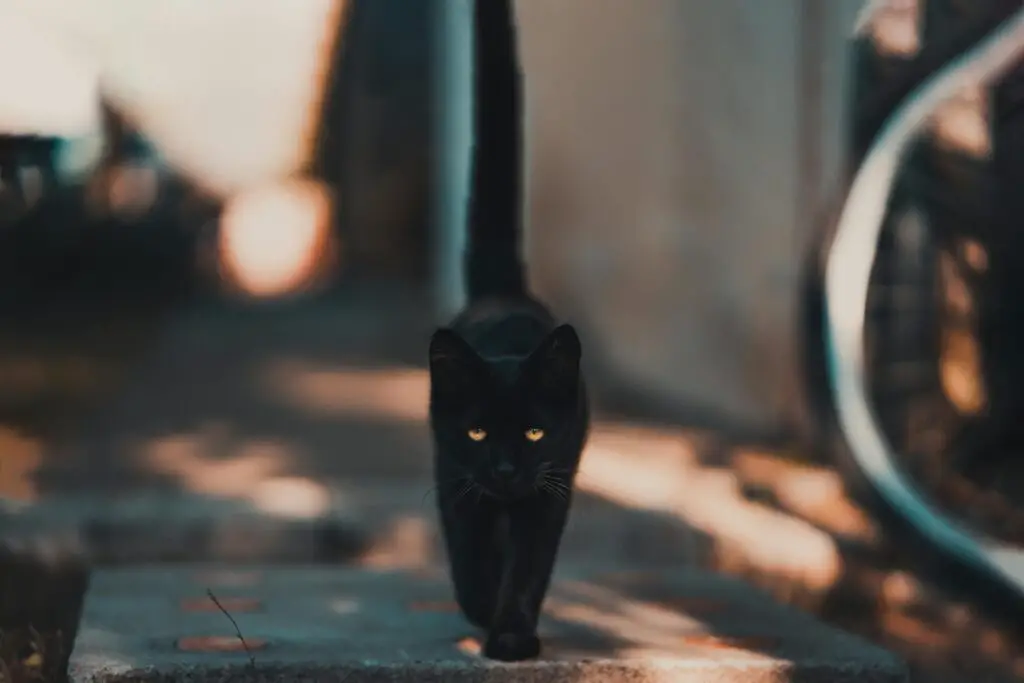
Back in medieval Europe, people genuinely believed that black cats were witches in disguise or companions of the devil. In places like France and Switzerland, cats were sometimes rounded up, tried in court, and even executed by burning or hanging. It sounds wild now, but at the time, fear of the supernatural drove people to create laws targeting animals they thought were part of dark magic shares National Geographic.
This belief got so widespread that towns began regulating who could keep cats and even outlawed feeding strays. Some historians say that the mass killing of cats contributed to the spread of the Black Death, since there were fewer predators for the rats that carried plague-infected fleas. All because of a deeply rooted superstition adds Big Think.
2. Roosters Could Be Executed for Laying Eggs
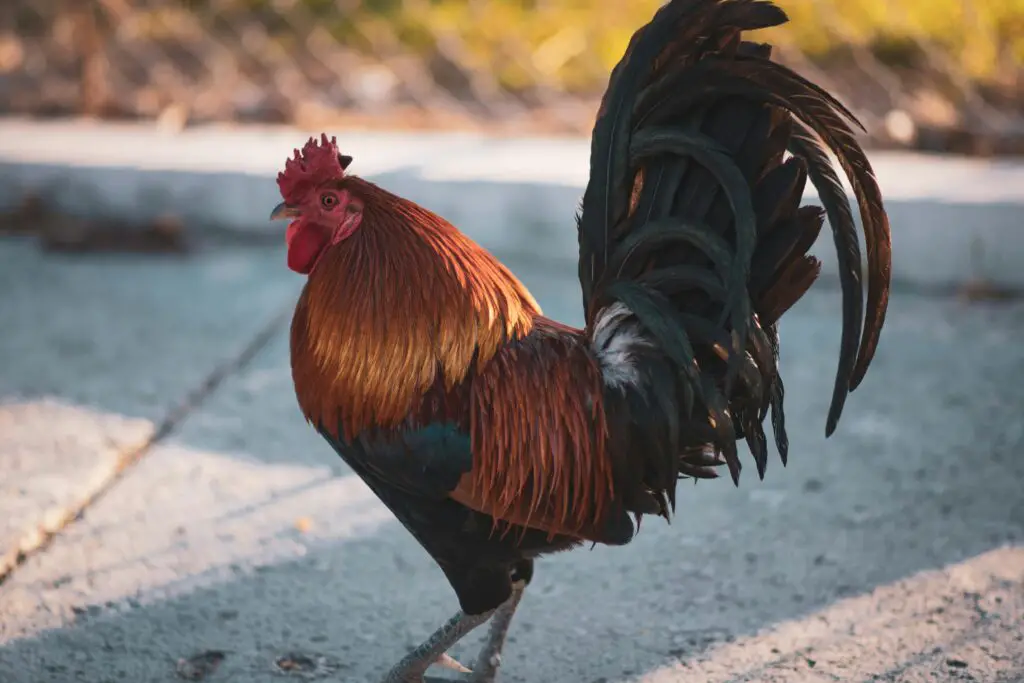
In 15th-century Switzerland, a rooster was put on trial for laying an egg, which people believed only a demonic rooster could do. The belief was that a male chicken laying an egg was an unnatural act tied to black magic and evil forces. They feared the egg might hatch into a basilisk, a mythical creature that could kill with a glance says the ASPCA.
So the poor bird was dragged to court, found guilty, and burned at the stake. And this wasn’t an isolated case. Similar trials were held across Europe, and some towns enacted rules about how to deal with such “unnatural” animals. It sounds absurd today, but at the time, people truly feared the consequences of ignoring it explains Reddit.
3. Toads Were Blamed for Crops Failing

In various parts of medieval Europe, toads were seen as not just gross, but magical in the worst way. Farmers thought they could curse a field just by sitting in it, or worse, poison a well by hopping too close. These beliefs were taken seriously enough that local councils in France and Germany wrote laws to protect crops from “harmful” toads.
Some towns even employed people to patrol farms and remove any offending amphibians. If your harvest failed, the toad got the blame. This might sound like the plot of a fairy tale, but these superstitions actually impacted agriculture regulations for years.
4. Bats Were Accused of Stealing Souls
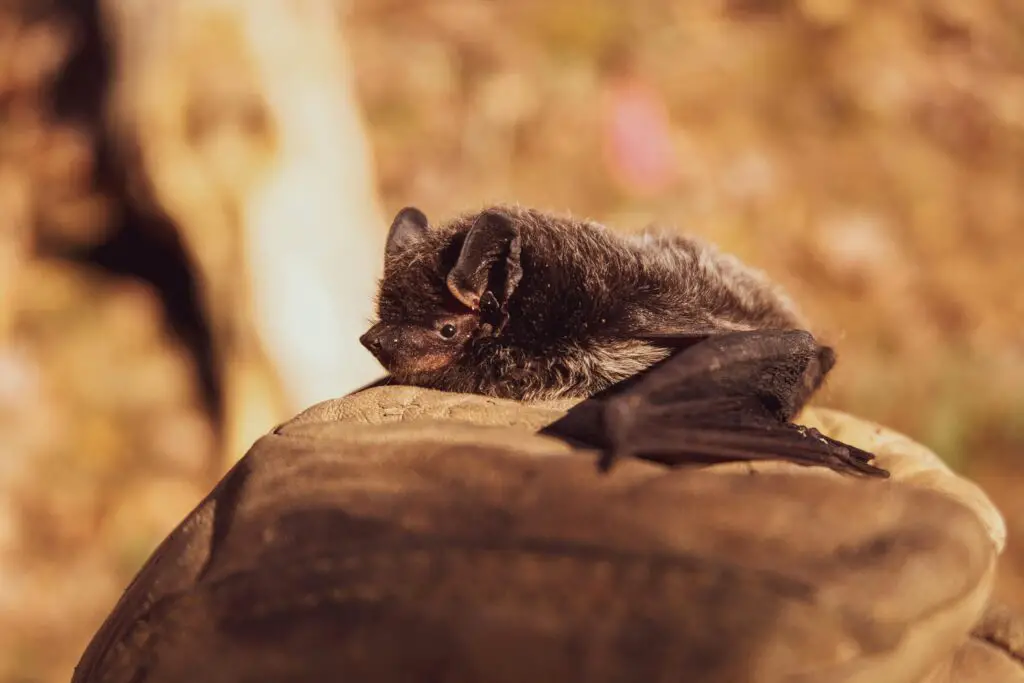
In many parts of Eastern Europe and even colonial America, bats were thought to be more than just creepy. People believed they could sneak into your room at night and steal your soul. Some thought they were vampires in disguise, especially if someone in the household got sick suddenly.
Because of this, laws popped up in small communities banning people from keeping bats as pets or using their body parts in potions, which was a real practice among certain folk healers. These beliefs helped feed broader vampire myths, and some of those ideas still linger today in pop culture.
5. Owls Were Harbingers of Death
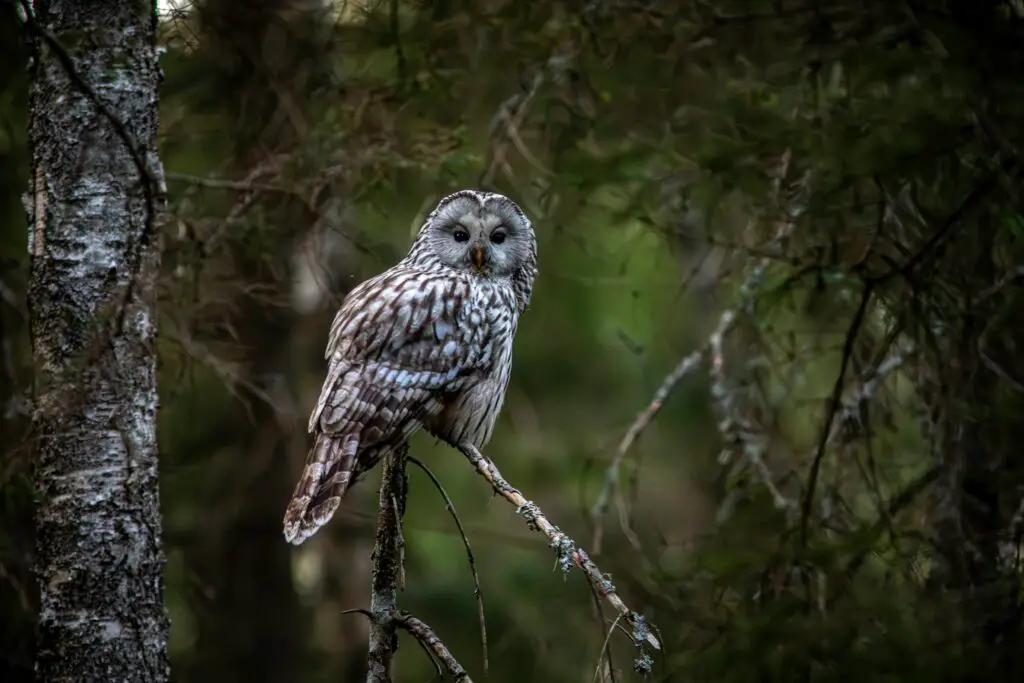
In a number of cultures, especially among the ancient Romans and Greeks, seeing an owl wasn’t just spooky, it was considered a death omen. If one landed on your roof or hooted near your window, it was believed someone in the house would die. That kind of fear led to actions that sound extreme now.
Roman leaders created written orders to destroy owl nests in populated areas, and some communities even outlawed attracting owls with food or water. That superstition traveled through the centuries, shaping everything from city planning to funeral customs.
6. Moles Were Linked to Land Ownership Disputes

In 17th-century England, moles were caught up in a strange belief that they marked cursed or disputed land. If moles burrowed through your property, it was thought to be a sign that your claim to the land wasn’t legitimate or was spiritually “tainted.”
This weird superstition made its way into property laws, where landowners could be fined if they had a mole problem that wasn’t dealt with. It was seen not just as a nuisance, but as a spiritual blemish on the land’s record. Mole catchers suddenly became surprisingly important people.
7. Elephants Were Thought to Be Morally Superior

In ancient India and parts of Southeast Asia, elephants were believed to be highly moral beings, more spiritual than most humans. There was a belief that they wept when sad, showed forgiveness, and never attacked without provocation. This deep reverence led to laws protecting elephants long before animal rights were a concept.
Elephants were often given the same legal protections as noble humans in royal courts. Harming one, even by accident, could result in a severe punishment, including death. In some places, those old protections have evolved into modern-day elephant conservation efforts.
8. Snakes Were Guardians of Treasure

Across European and Middle Eastern folklore, snakes weren’t just creepy crawlies, they were seen as guardians of buried treasure. If a snake appeared in your garden or near a foundation, people believed it might be protecting something valuable. That belief actually made killing snakes a risky thing to do.
In some regions, killing a snake without permission from local authorities was banned, just in case it disturbed a hidden treasure. That might sound like something out of a fantasy novel, but it was enough to influence early zoning and property laws in certain areas.
9. Rabbits Were Bad Luck for Sailors

This one comes from British maritime folklore, where saying the word “rabbit” on a ship was strictly taboo. Sailors believed that rabbits, who were known for chewing through ship ropes in port, brought bad luck at sea. Some even believed they were cursed animals that attracted storms.
Because of this, some ports banned the transport of rabbits altogether, and ships posted rules against speaking about them during a voyage. There are records of cargo ships refusing to leave dock if a rabbit was seen on board. It might seem silly now, but the superstition made its way into shipping regulations.
10. Dogs Could Be Witnesses in Trials

In some early European societies, dogs were believed to have a moral compass. If a dog barked at someone accused of a crime, that was taken as a sign of guilt. This belief influenced court proceedings in places like France and Italy, where dogs were sometimes brought in to “test” suspects.
While the practice wasn’t always codified into official law, it was used enough to influence how trials were conducted. In fact, there are historical records where testimony from a dog’s behavior was cited in the judgment. It’s a far cry from modern legal standards, but it shows how deeply folklore once shaped justice.
11. Pigs Were Tried for Murder
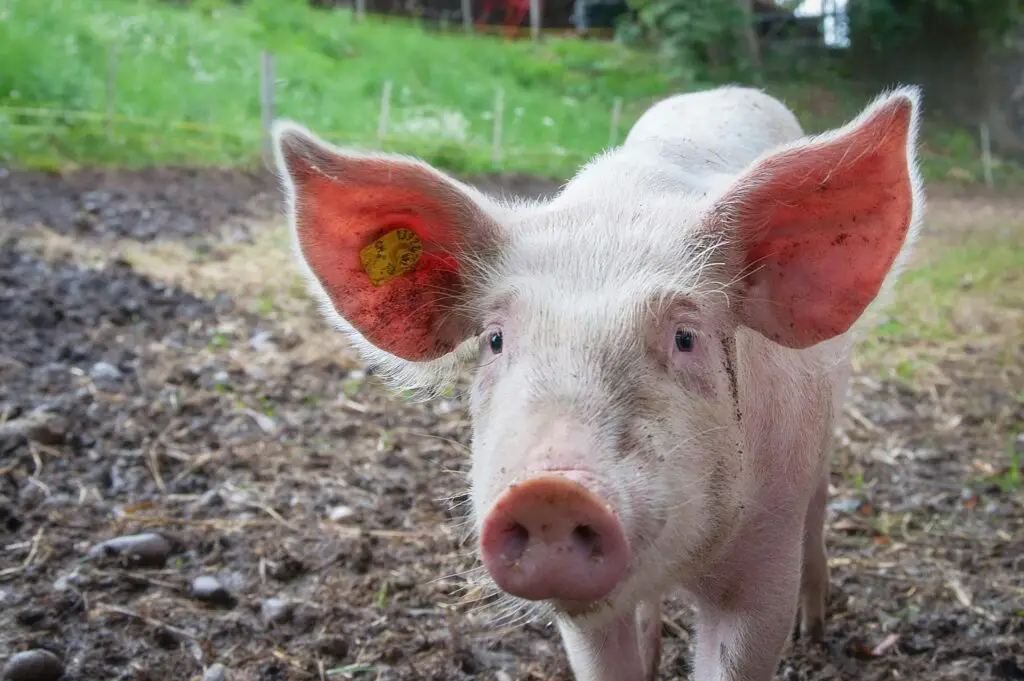
Yes, pigs have actually stood trial for killing people. In medieval Europe, pigs that attacked children or caused injuries could be arrested, put on trial, and sentenced just like a human. The belief was that animals had a kind of moral responsibility and could be corrupted by evil forces.
These weren’t symbolic trials, either. Legal documents were drafted, evidence presented, and sometimes the pigs even had legal representation. Some places took it so seriously that they had formal laws laying out how such cases should be handled. It’s one of the strangest intersections of folklore and law.
12. Bees Needed to Be Told About Deaths

In many rural European traditions, especially in England and Wales, it was believed that bees were deeply connected to the spiritual world. If a beekeeper died and the bees weren’t told, it was thought they would either leave or die themselves. So people made a ritual out of informing the hive.
The belief was so widespread that failing to do it was once considered a punishable offense in some rural communities. Local regulations were created that treated the bees almost like part of the family. Even today, some beekeepers keep up the tradition, just in case.
13. Horses Could Predict Disease
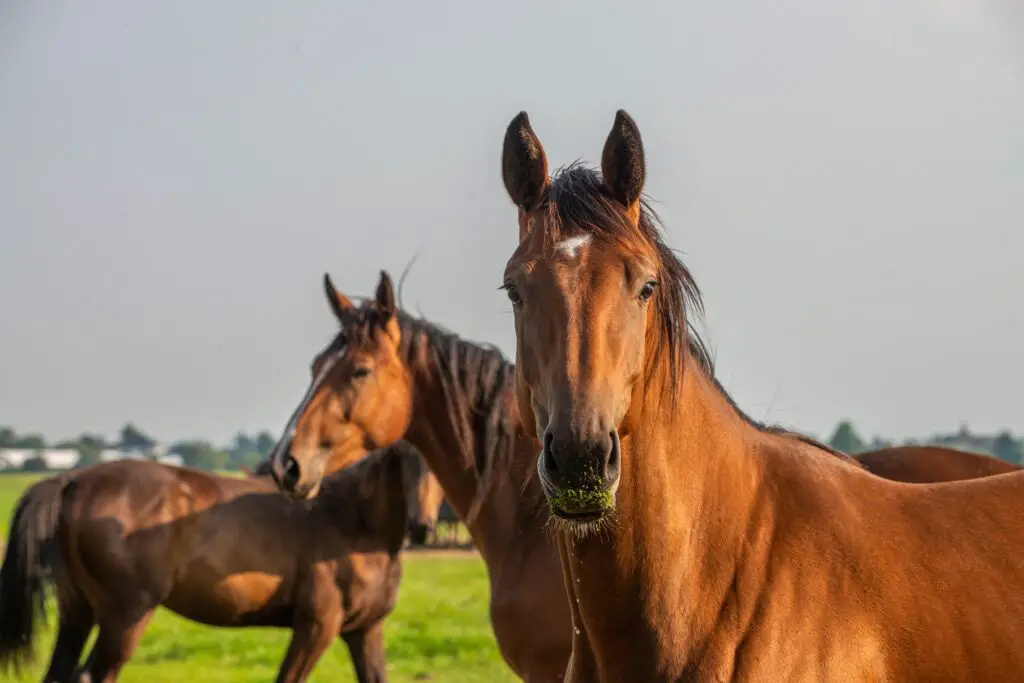
In parts of Scandinavia and Germany, there was a belief that horses could sense illness before symptoms appeared. If a horse refused to let someone ride it or acted strangely around a person, people thought it meant the person was cursed or sick.
This belief led to some unexpected laws, including regulations that allowed towns to quarantine individuals based on how horses reacted to them. While there was no science behind it, these ideas shaped public health practices for centuries. It’s another example of how folklore can quietly influence real-world decisions.
